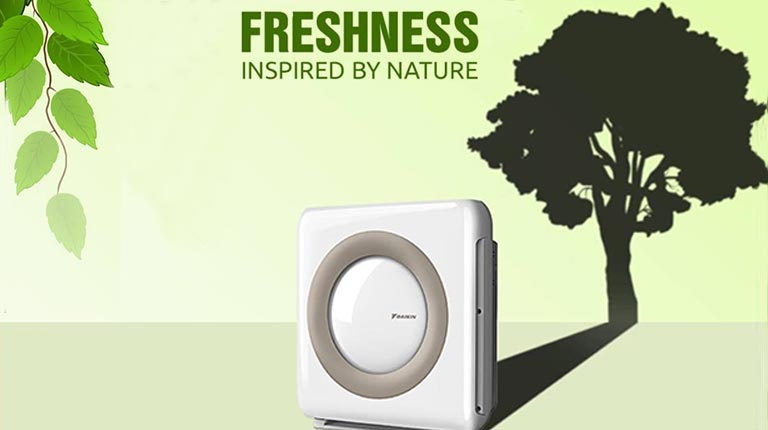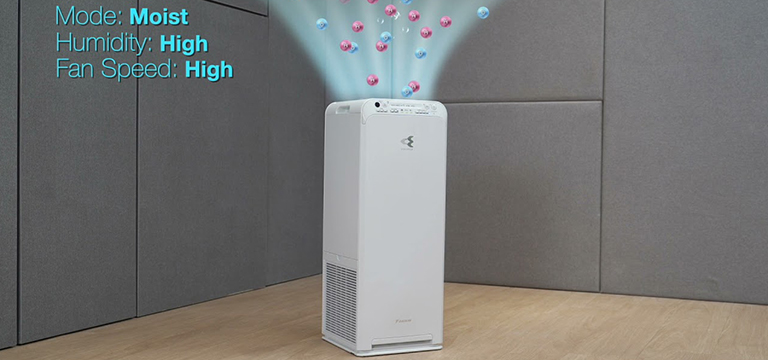Daikin LinkedIn Blog - How a HEPA Filter works
November 22, 2025 | 02:01 PM

The use of air purifiers has been increasing everyday due to their effectiveness in wiping out the air pollutants. And when it comes to define the air purifying capacity of air purifiers, it is the power of HEPS filter that defines how effective an air purifier is. For example, Daikin Air Purifiers are able to eradicate 99.97% of pollutants from the indoor air. And their power to improve your indoor air quality lies with True HEPA (High Efficiency Particulate Air) filter.
In today’s competitive market, there are different types of air purifiers available that feature different types of filtration technologies such as activated carbon, ionizing, ozone and UV technology. Daikin Air Purifiers are equipped with highly efficient True HEPA filters, known for trapping pollutants of extremely small sizes. In order to be known as a True HEPA Filter, the Institute of Environmental Sciences and Technology, mentions that it must be able to trap 99.97% of particulates of size 0.3 microns or larger. No other technology can is currently available to attain this level of precision.

So how does it work?
HEPA filters are comprised of thin fibers of glass and have some level of activated carbon-based material. In simple words, a HEPA filter is actually an intricate web of fibers that is so dense, that it can trap even microscopic particles as they pass through it. How the particle gets trapped, however, depends upon the size. Based on it, there are four ways in which a HEPA filter traps pollutants:
Inertial Impaction: A large number of large size particles get trapped through a process known as inertial impaction. In this process, when large size particles pass through the filter, they collide and get trapped due to their high inertia levels. As smaller particles have lower inertia, they are more likely to pass through the corners of the fiber and continue with the airflow.
Interception: Interception takes place when particles that are small enough to flow through the air stream, are larger than distance between the fibers and get trapped. Thus, medium sized particles get trapped in between the fibers as they are not small enough to pass through them.
Diffusion: Diffusion occurs on the smallest particles which have adequately low mass and thus lower inertia. Under diffusion, regularly moving air molecules attack the smallest particles, which causes the tiny pollutants to move in an erratic path. This motion increases the likelihood of the pollutant coming in contact with the fiber. The smaller the particle, the stronger the effect.
Straining: The large size particles are trapped through straining. This is the easiest process amongst all, and works on the basic principle of the particle being too large to fit through the fiber filters.

However, it is necessary to keep in mind that there is a difference between HEPA and True HEPA filters. Only True HEPA filters, like those in Daikin Air Purifiers, are able to stand up to their claim of 99.97% pollutant removal.
Initially developed for the nuclear industry to help clean up harmful, radioactive particles, HEPA filters have proven to be quite effective and consistent in eliminating harmful pollutant particles and making the air fresh and pure.

*Once approved the image will be adapted for the blog.
So, go with the best, and choose a Daikin Air Purifier with HEPA filter to experience the goodness of breathing.









